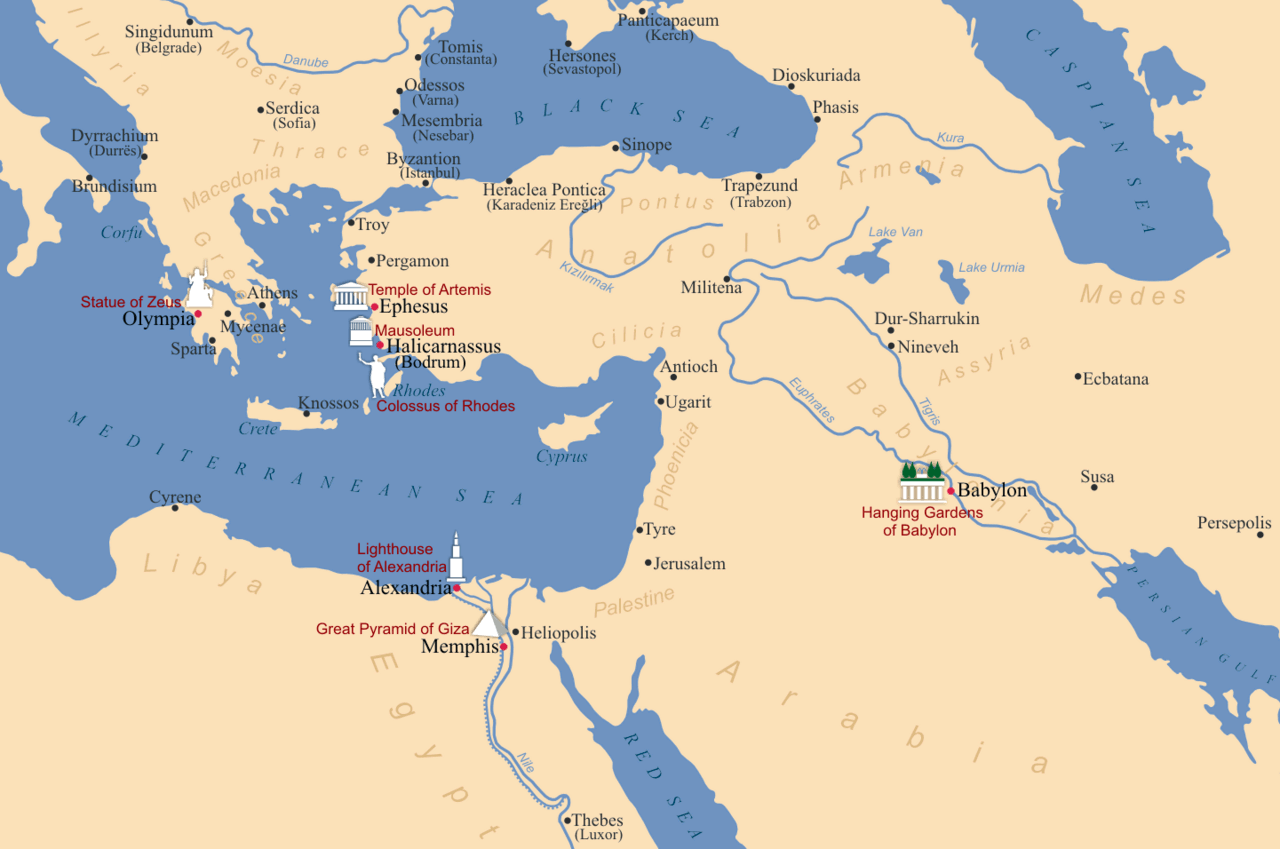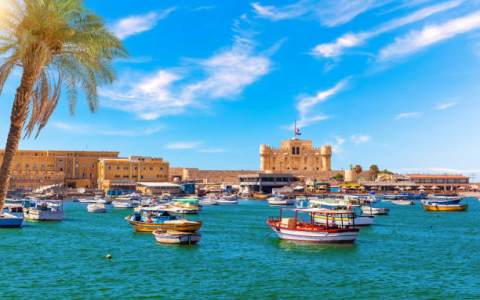My Quest for the Ancient Wonder’s Spot
Alright, so this whole thing started when I got seriously hooked on figuring out the exact spot for the old Lighthouse of Alexandria. You know, one of those ancient world wonders? Everybody talks about it being gone, but I wanted to pinpoint where it actually stood, right? Felt like a real-world treasure hunt without digging.
First, I did what everybody does: I hit up Google, typing in stuff like “Lighthouse Alexandria exact location.” Big mistake. Got flooded with generic articles, fancy 3D renders, and a whole lot of folks just repeating the same vague “Pharos island” line. Felt like hitting a brick wall – super frustrating. Kept staring at maps of modern Alexandria harbour, trying to guess where it might have been, but that just wouldn’t cut it. Needed something solid.
Stumbling Upon Gold (Well, Paper)
Honestly, I almost gave up. Then, browsing this dusty corner of an online forum for old map nerds – like, seriously niche stuff – someone mentioned a super obscure guide published way back in 1765. The title was something dry like “Maritime Charts of the Mediterranean Shores.” Not exactly a bestseller, ya know? Figured it was a long shot, but hell, why not? Took some deep online library diving, crossed my fingers, and finally snagged a digitised version.

Cracked open that digital file, feeling skeptical. It was old-school, hand-drawn cartography – beautiful, honestly, but complex. Spent ages squinting at faded ink lines and weird old symbols. I mean, cities looked tiny, coastlines seemed off, and the names were all spelled funny. Definitely not Google Maps accuracy! But I knew this was it – old maps often hold hidden truths underneath the artistic licence.
The Grunt Work of Decoding
Alright, here’s the gritty part. Zero trust in old map scales. My method?
- Printed a huge copy of the 1765 map.
- Got a modern map of Alexandria & Pharos Island.
- Started matching landmarks I knew were still around or reliably located, like the curve of the main harbour entrance.
- Ignored scale markings completely – treated them like bad guesses.
- Overlaid features mentally: “Okay, this sharp bend here kinda matches this modern point.”
It was painstaking, inch-by-inch comparison. Felt like putting together a million-piece puzzle blindfolded. The old map showed Pharos Island differently, more extended maybe? But I kept overlaying the shapes, shifting and rotating them mentally against the modern coastline. Kept coming back to this one specific point jutting out.
That Click Moment
Then it happened. While matching the harbour’s main protective arm (the Heptastadion path, though I just thought of it as the causeway), the position of the lighthouse on the old map clicked relative to the landmass tips and harbour channels. On the 1765 chart, it wasn’t labelled “Lighthouse,” but with a distinct tower symbol at the very tip of Pharos, near deeper water channels – exactly where logistical sense said it should be. No vague “somewhere on the island” nonsense. It clearly marked the absolute easternmost promontory.
Checking this spot on the modern map? Boom. Overlapped perfectly with the location mentioned by some underwater archaeology reports I vaguely remembered! Not in the modern main harbour like I thought before, but further east, near where the island really ends now. The coordinates finally made sense. Felt like the fog lifted. This dusty old chart, meant for sailors centuries ago, still had the pinpoint location locked in its ink and parchment – Eastern Tip of Pharos Island, modern-day Qaitbay Citadel area basically. Relief, man. Pure relief mixed with “Wow, it really was right there all along.” Shows you, sometimes you gotta ignore the noise and trust the oldest whispers.



